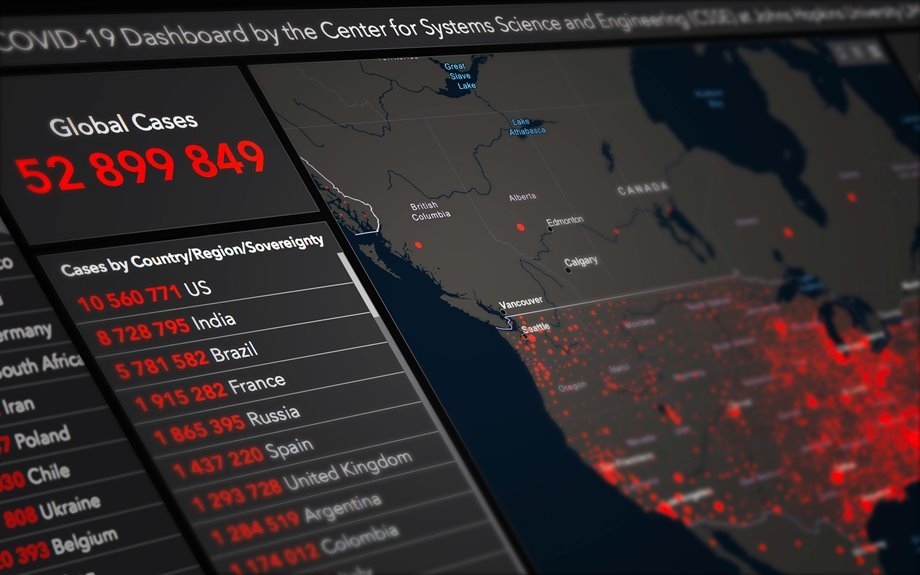The Reverse Phone Identity Safety Analysis System employs sophisticated techniques to evaluate the safety of incoming calls from specific numbers, including 3517305019 and 3357474918. By leveraging public records, it enhances the ability to identify unknown callers. This system serves as a critical tool in assessing potential scams and frauds. Understanding its functionality can significantly impact personal security measures. What implications does this have for users in today’s digital landscape?
Understanding Reverse Phone Lookup Services
While many individuals rely on conventional methods to identify unknown callers, reverse phone lookup services offer a systematic approach to uncovering the identities behind phone numbers.
These services utilize advanced lookup techniques, aggregating data from various public records and databases.
Evaluating the Safety of Unknown Callers
Reverse phone lookup services provide a foundational tool for assessing the safety of unknown callers.
By revealing caller identity, these services mitigate privacy concerns associated with caller anonymity. Users can discern legitimate contacts from potential threats, enhancing personal security.
This analysis of caller information empowers individuals to make informed decisions, fostering a sense of freedom in managing communications while safeguarding against unwanted intrusions.
Identifying Potential Scams and Frauds
How can individuals effectively identify potential scams and frauds in an era where phone-based deception is prevalent?
Effective scam detection relies on recognizing red flags, such as unsolicited calls, high-pressure tactics, and requests for sensitive information.
Utilizing caller ID services and reverse phone lookup tools enhances fraud prevention efforts, enabling users to verify identities and assess the legitimacy of callers, thereby mitigating risks associated with financial exploitation.
Enhancing Personal Security Through Technology
The rise of technology has significantly altered the landscape of personal security, particularly in combating phone-based scams and frauds.
Innovations such as biometric authentication enhance user verification, ensuring that only authorized individuals access sensitive data.
Furthermore, robust data privacy measures protect personal information from exploitation, empowering individuals to maintain autonomy over their digital identities while navigating an increasingly complex threat environment.
Conclusion
In conclusion, the Reverse Phone Identity Safety Analysis System serves as a crucial tool for identifying the safety of incoming calls. While some may argue that such services can produce false positives, the aggregation of comprehensive data significantly enhances accuracy. By utilizing advanced lookup techniques, users can effectively mitigate risks associated with scams and frauds, ultimately fostering a more secure communication environment. This proactive approach not only empowers individuals but also contributes to overall societal safety in an increasingly digital world.





